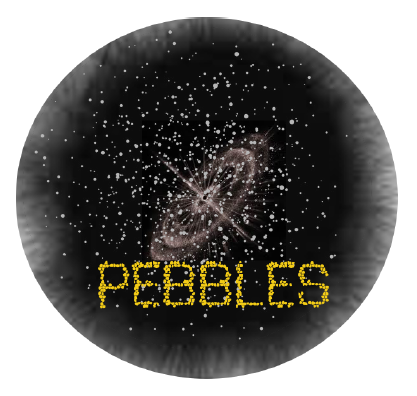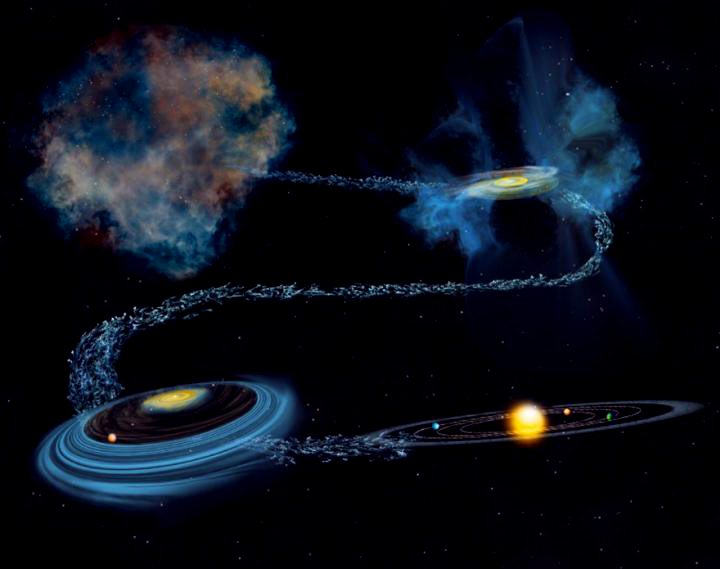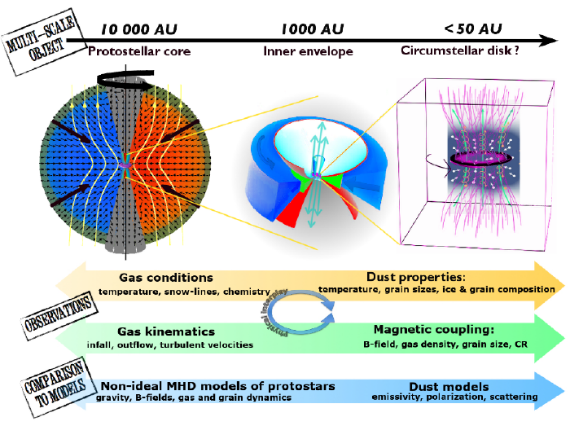The European Research Council has just announced the names of the winners of the Advanced Grant. This 2023 edition rewards in particular two researchers from the CEA's fundamental research department for their work in the fields of astrophysics and neuroscience. Anaëlle Maury is the leader of the PEBBLES project. This project consists of developing an innovative methodology to characterise the properties of dust around very young stars in the process of forming their proto-planetary disks. Dust is one of the key elements in the physical processes regulating the formation of stars and their planetary systems, but recent observations are overturning the models used until now to describe its evolution from submicron grains to pebbles. Observing and modelling the properties of dust grains during the earliest phases of disk formation promises to provide important insights into the conditions leading to the formation of solar systems such as our own. Through PEBBLES, the teams will use new dust models that are better suited to denser astrophysical environments and will use them in comparison with observations from space missions and ground-based observatories from the infrared to the millimetre range.
Since the first exoplanet was discovered in 1988, nearly 5000 have now been observed and recent studies show that these exoplanets have their first beginnings when dusty disks evolve around very young stars. Describing the formation processes of stars such as our Sun, and their processions of planets, is one of the most challenging questions the astrophysicics community is adressing in the modern times.
Recent observations have suggested that planets may already be present around very young stars, only a few million years old (T-Tauri stars). However, Anaëlle Maury's team has recently uncovered oddities in the optical properties of astrophysical dust around the youngest star embryos, only a few hundred thousand years old, suggesting that submicronic dust grains inherited from the ISM may have grown up to form milemeter-sized pebbles very early in star formation.
The PEBBLES project aims to develop a methodology to characterise the properties of dust within protostars. Using both size-sensitive observations of dust grains and new models for astrophysical dust, the project aims to transform our understanding of
- The properties of dust grains as protoplanetary disks begin to form, which is fundamental to understanding the early stages of planetary system formation;
- The physical processes that allow the evolution of this dust at the early stages of star formation, which are still little explored;
- The role of dust in coupling the magnetic field to the matter around protostars, thus regulating the properties of the star and its surrounding disk.
The project is divided into 4 work packages:
- Observations of protostellar environments in the radio domain: thermal emission and polarisation of dust;
- Characterisation of dust properties through infrared observations;
- Implementation of advanced dust models in radiative transfer tools;
- Modelling the properties and size evolution of dust during the protostellar phase when both the star and its protoplanetary disk are formed: numerical simulations.
Contact: Anaëlle Maury
To read more about the project: https://erc.europa.eu/news-events/news/erc-2022-advanced-grants-results
• Structure and evolution of the Universe › Planets, star's formation and dynamics, interstellar medium
• Department of Astrophysics (DAp) // UMR AIM
• Star Formation and Interstellar Medium
• PEBBLES






